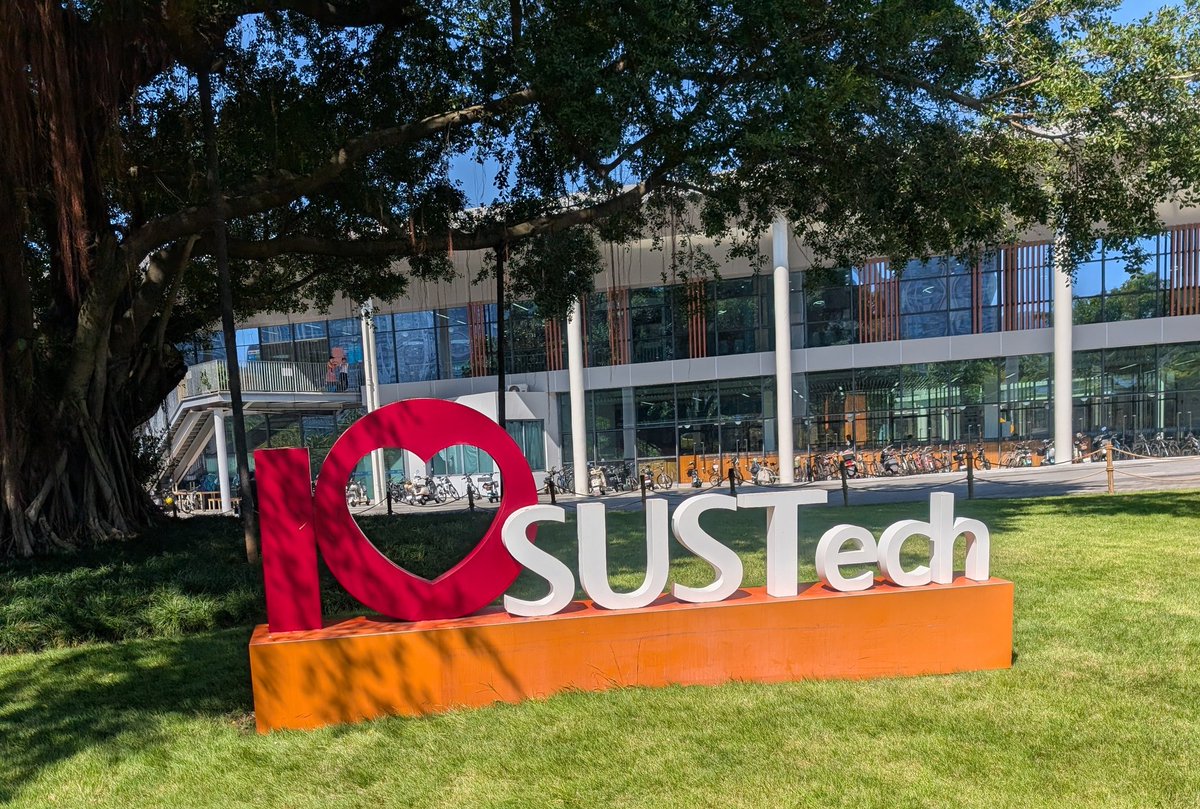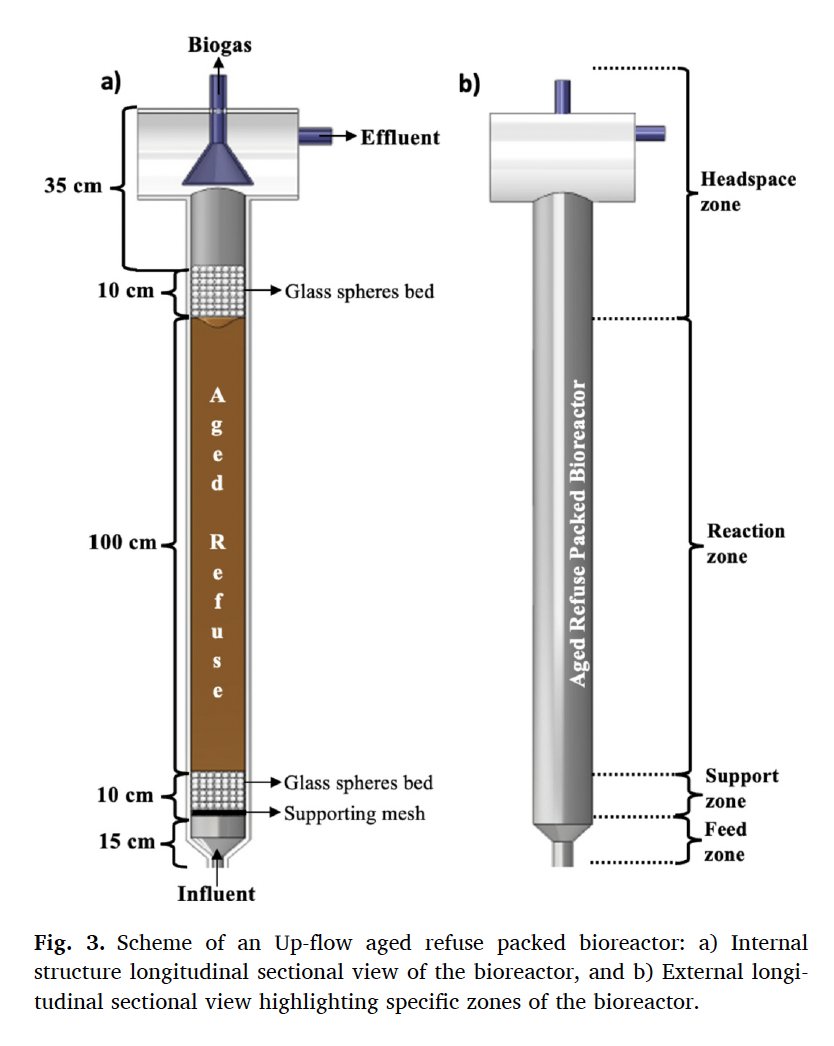
Archaea.bio
@archaeabio
A collaborative protocol exchange platform for archaeal researchers all around the world #archaea
bsky.app/profile/archae…
ID: 1380516072839860224
http://ARCHAEA.bio 09-04-2021 13:41:02
413 Tweet
817 Followers
532 Following
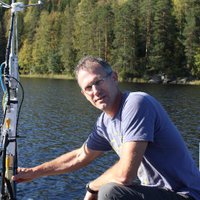
🟥 STOP BUDGET CUTS on higher education in 🇳🇱 NOW 🟥 join the actions on 14 November in Utrecht from 13-15h .AOb .Landelijke Studentenvakbond .FNV especially .Universiteiten van Nederland please give your students & staff the opportunity to participate without repercussions linkedin.com/posts/algemene…



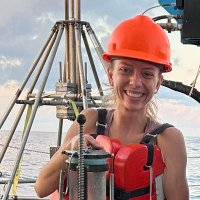

Dr. Pedro Leao Pedro Leão (at Radboud University) on Archaeal Viruses and the Eukaryogenesis #GMM2024





Join us today! The Archaea Hour! Archaea Power Hour Archaea.bio
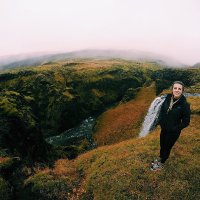
🚨 PhD position alert! 🚨 I'm hiring a fully funded PhD student to work on mechanistic interpretability at UvA Amsterdam. If you're interested in reverse engineering modern deep learning architectures, please apply: vacatures.uva.nl/UvA/job/PhD-Po…
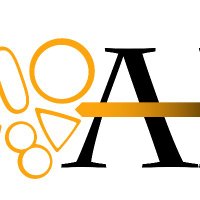
Ho ho ho 🎅, it's APH time!!! Did you know Santa is an archaea enthusiast too? Make sure to get on his nice list by attending our last APH session of the semester on WEDNESDAY, Dec. 11th at 10 AM EST / 4 PM CET! Don't miss these two exciting talks by Karol Sánchez and Deepak Kumar:

Here for the “Archaeaissance”! Pedro Leão #ArchaeaPower Archaea.bio Archaea Power Hour npr.org/2024/12/11/121…

The double-helix topology of #DNA affects all aspects of DNA function. This topology is governed by DNA topoisomerases, but most knowledge comes from studies on #bacteria or #eukarya. #Archaea offer a unique perspective on these enzymes. Wiley Microbiology onlinelibrary.wiley.com/doi/10.1111/mm…







Let's talk about #archaea today at #ASBMB25 Lightning Talk at 2:50 pm- W183b. Poster 189 at 4-5 pm Science is for everyone, make it possible with ASBMB, Archaea Power Hour & Archaea.bio


The ISME ECSC is glad to spotlight Clara Arboleda-Baena (Clara Arboleda Baena) from the iDiv (@iDiv), and her paper "Microbial community and network responses across strong environmental gradients: How do they compare with macroorganisms?" doi.org/10.1093/femsec… (1/2)

